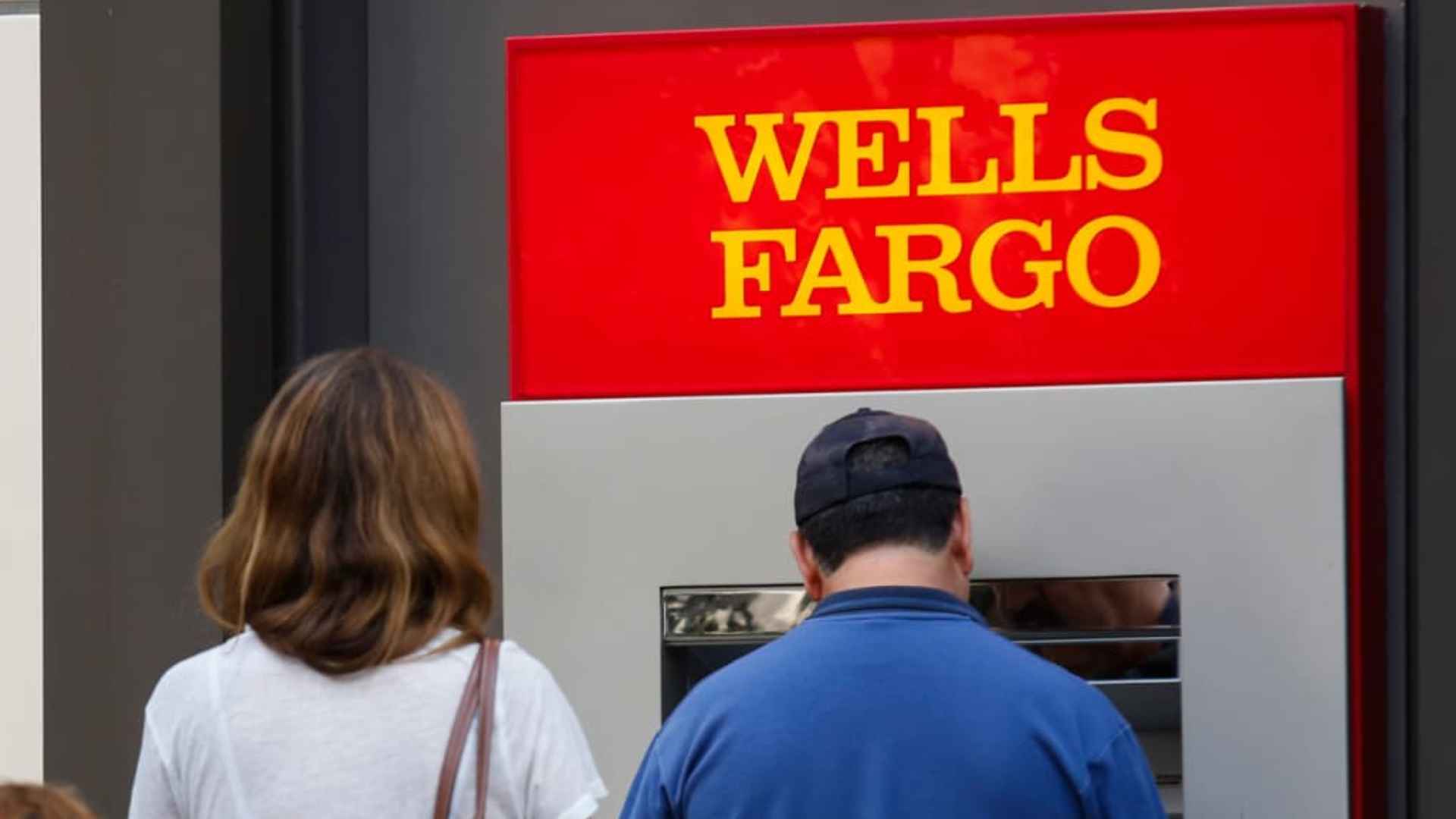Thousands of checking and savings clients say they never saw a warning before their profiles vanished.
Wells Fargo has quietly started shutting down accounts that show no customer‑initiated activity for at least 16 consecutive months. The move, which began in April, is meant to satisfy state unclaimed‑property laws and cut the risk of fraud. Yet many of the bank’s 70‑million‑plus users are asking the same question: Why didn’t we hear about this sooner?
Why Wells Fargo is shutting down inactive accounts across the country
Complying with state rules on abandoned property is only part of the story. By sweeping away dormant accounts, the fourth‑largest U.S. bank also trims service costs and reduces the chance that criminals tap forgotten balances. A spokesperson insists email and paper notices went out before any closure, but social‑media threads tell a different tale—some customers woke up to find their balance simply gone.
What counts as activity and how to keep your Wells Fargo account alive
Automatic bill‑pay, incoming interest and routine fees do not count as “activity” in the eyes of the bank. You, the holder, must act. So, how can you keep that account breathing?
- Make a deposit or withdrawal—even one dollar works.
- Log in to the Wells Fargo mobile or desktop app.
- Use the linked debit card for any purchase.
- Send or receive an electronic transfer, such as a $1 Zelle payment.
Do one of these at least once every 16 months and the clock resets.
Steps to reclaim funds if your Wells Fargo balance has already escheated
Money in a closed account doesn’t disappear; it moves to the unclaimed‑property office of the state where the account was opened. The recovery path, however, can test your patience:
| Step | Who you contact | Typical wait time |
|---|---|---|
| 1. Confirm closure | Wells Fargo customer support | Same day |
| 2. File claim | State unclaimed‑property portal | 10–30 minutes |
| 3. Provide ID and proof | State treasury or comptroller | 2–12 weeks |
| 4. Receive check or ACH | State agency | Up to 90 days |
Keep a driver’s license, Social Security number and old statements handy to speed things up. Still wondering if you’re safe? A 30‑second login today beats months of paperwork later.
If you bank with Wells Fargo, open the app, move a few dollars or swipe your card—just in case. After all, nobody likes discovering their cash has taken an unexpected road trip.

